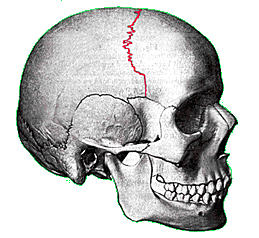The Geophone from Georgios Cherouvim asks (and then answers) a provocative question: What does a 3D digital object sound like?
The tool exploits the way that digital 3D objects are stored as data: each 3D digital object is made up of points, even those objects that are watertight with a continuous surface. Cherouvim’s code reads the x, y, and z coordinates for all points in a 3D scan and converts the information into two audible channels (left and right).
Cherouvim explains that “these soundscapes are generated solely by the data representing each object.” You’re hearing nothing but the sound of the scan as if it were run through a synthesizer.
How does it work, exactly? He doesn’t explain in too much depth. “The end result,” he says, “is defined by the shape of the object, the order in which the points are digitally stored, the frequency in which they are iterated and the way the three graphs are mapped on to the two audio channels. No further processing has been applied.”
Want to know what a mountain range sounds like? A statue? Your own face? I know I do. (I’m seeing if Cherouvim will share the code with me…)
The Geophone project may seem like it came out of nowhere, but it has has a deep historical precedent. The most notable example is an essay by the famous Austrian poet Rainer Maria Rilke.
In the essay, Rilke writes about attending art school anatomy lectures where he became obsessed by a particular detail of the human skull. Looking at the coronal suture, he writes, “I knew at once what it reminded me of: one of those unforgotten grooves, which had been scratched in a little wax cylinder by the point of a bristle!”
He noticed that this suture in the human skull looked like a groove in a record.
His next thought, of course, was to ask what would happen if we took a gramophone needle, dragged it along the coronal suture as if it were the groove in a record. What kind of sound would it make?
Unlike the grooves in a record, the coronal suture is not the recording of a sound. However, that doesn’t mean it can’t be turned into a sound as if it were. In fact, if we use this method then any physical object can be turned into sound.
The Geophone may not use a physical phonograph needle, but Cherouvim has helped us to hear the sounds hidden in objects just as Rilke imagined.






